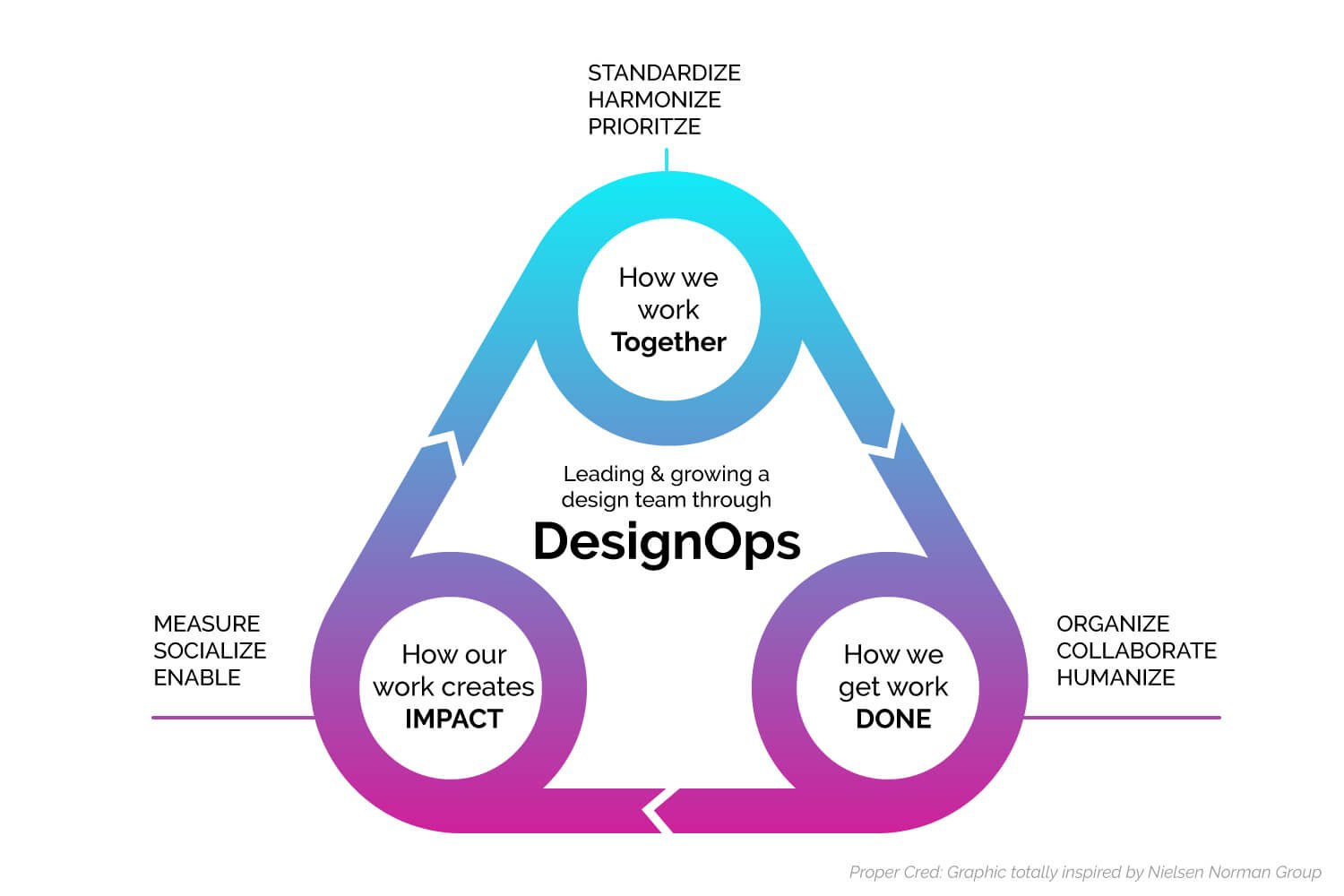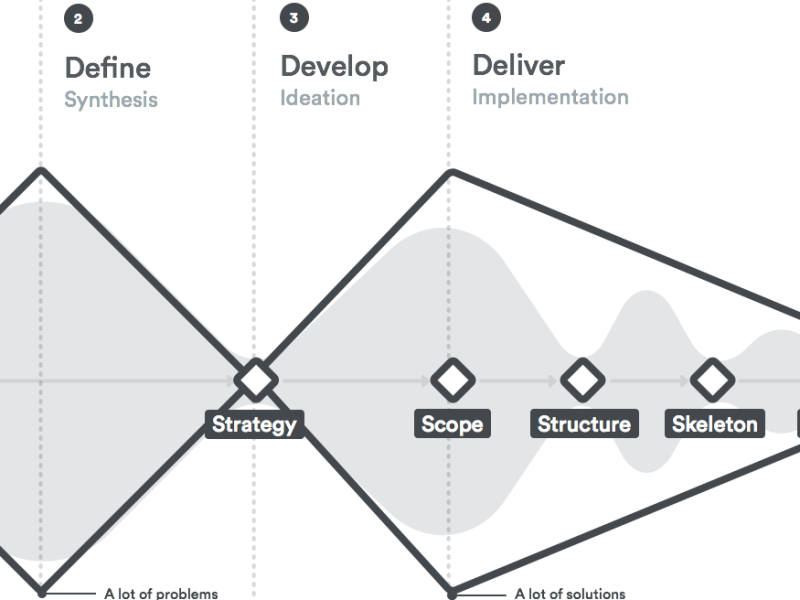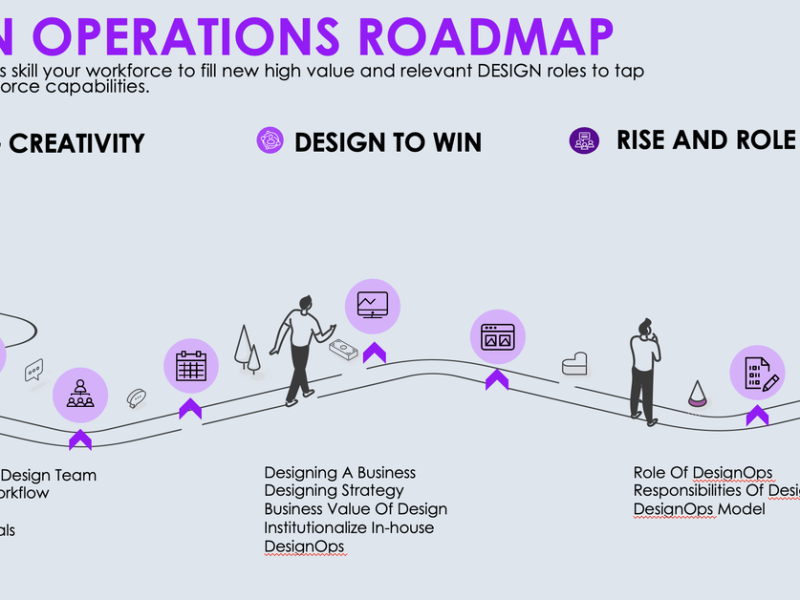In the fast-paced world of user experience (UX) design, efficiency, collaboration, and scalability are paramount.
Enter DesignOps—a discipline focused on operationalizing design processes to achieve greater consistency, quality, and speed.
For seasoned UX professionals, DesignOps isn’t just a buzzword; it’s the backbone of sustainable, high-impact design practices.
Below, we delve into the core elements of DesignOps and how they drive success, complemented with real-world examples, actionable insights, and valuable references.
1. Standardized Workflows: Consistency as a Catalyst for Excellence
One of the foundational pillars of DesignOps is the establishment of standardized workflows. Consistency ensures that every designer, whether a new hire or a seasoned expert, adheres to a unified approach. This reduces miscommunication, minimizes errors, and accelerates delivery timelines.
Example in Action: Atlassian’s Design System team standardized workflows across their product suite using tools like Confluence and Jira.
By defining templates for wireframes, user flows, and usability testing, they ensured that design teams across geographies worked in sync, leading to faster delivery cycles and consistent user experiences.
Pro Tip: Create workflow documentation that includes:
- Project initiation templates
- Approval checkpoints
- Delivery milestones
Accessible documentation fosters clarity and accountability, especially for remote or distributed teams.
2. Technology Optimization: Empowering Creativity and Collaboration
Optimizing your design stack is a critical enabler of productivity. Tools like Figma, Sketch, Miro, and InVision are industry staples for collaboration, rapid prototyping, and stakeholder alignment. However, the real power of these tools lies in their integration within the broader tech ecosystem.
Example in Action: Airbnb’s design team leverages Figma for cross-functional collaboration. By integrating it with Slack and Notion, they reduced feedback loops and ensured real-time updates on design iterations.
Pro Tip: Conduct quarterly tool audits to identify gaps and ensure your tech stack evolves alongside team needs. Additionally, invest in training sessions to keep designers proficient with new features and updates.
3. Resource Management: Setting Teams Up for Success
Even the most talented designers need the right resources to thrive. Resource management in DesignOps extends beyond tools; it encompasses access to training, mentorship, and psychological safety.
Example in Action: IBM’s Enterprise Design Thinking program includes structured training modules and access to a global network of mentors. This initiative not only upskilled designers but also fostered a culture of innovation across the organization.
Pro Tip: Regularly survey your team to understand resource gaps—whether it’s technical, infrastructural, or professional development—and address them proactively.
4. Team Structuring: Building for Collaboration and Innovation
Effective team structuring ensures seamless communication and collaboration across roles. Whether adopting a pod-based model, where small cross-functional teams own specific features or a centralized design team, structuring must align with project goals.
Example in Action: Spotify’s Squad model exemplifies effective team structuring. Each squad operates as a mini-startup with designers, developers, and product managers collaborating closely. Learn more about this approach in Spotify’s engineering culture blog.
Pro Tip: Encourage cross-discipline pairing (e.g., designers working closely with developers or data analysts) to break silos and spark creative problem-solving.
5. Strategic Alignment: Bridging Design and Business Goals
DesignOps isn’t merely about operational efficiency; it’s about ensuring that design efforts contribute directly to business outcomes. Aligning design initiatives with broader business strategies ensures measurable impact and justifies the investment in design.
Example in Action: Uber’s design team aligned its initiatives with business goals by creating “North Star” metrics that tied design success to user retention and ride completion rates. Read more about their approach in the Uber Design blog.
Pro Tip: Use OKRs (Objectives and Key Results) to tie design goals to business priorities. Regularly communicate these alignments in stakeholder meetings to maintain visibility and relevance.
6. Performance Metrics: Continuous Improvement Through Data
To refine processes, you need to measure outcomes. Performance metrics help teams identify bottlenecks, celebrate successes, and continuously optimize workflows.
Example in Action: Google’s Material Design team tracks metrics like time-to-design, user satisfaction scores, and component reusability rates. Explore their methodologies on the Material Design website.
Pro Tip: Start with a combination of qualitative (e.g., team satisfaction) and quantitative (e.g., task completion rates) metrics. Visualize these metrics in dashboards for real-time tracking and easy reporting.
Final Thoughts: The Strategic Edge of DesignOps
DesignOps isn’t just about scaling design; it’s about enabling designers to focus on what they do best: crafting exceptional user experiences. By investing in standardized workflows, optimizing technology, managing resources effectively, structuring teams thoughtfully, aligning with business strategies, and leveraging data-driven insights, organizations can unlock the full potential of their design teams.
For organizations still on the fence, consider this: Companies like Airbnb, Spotify, and IBM have demonstrated how DesignOps can drive both creative and business success. The question isn’t whether to implement DesignOps but how soon you can start.
Ready to elevate your design operations? Let’s discuss how we can turn DesignOps into a strategic advantage for your team.
The image belongs to Chris Hannon.


